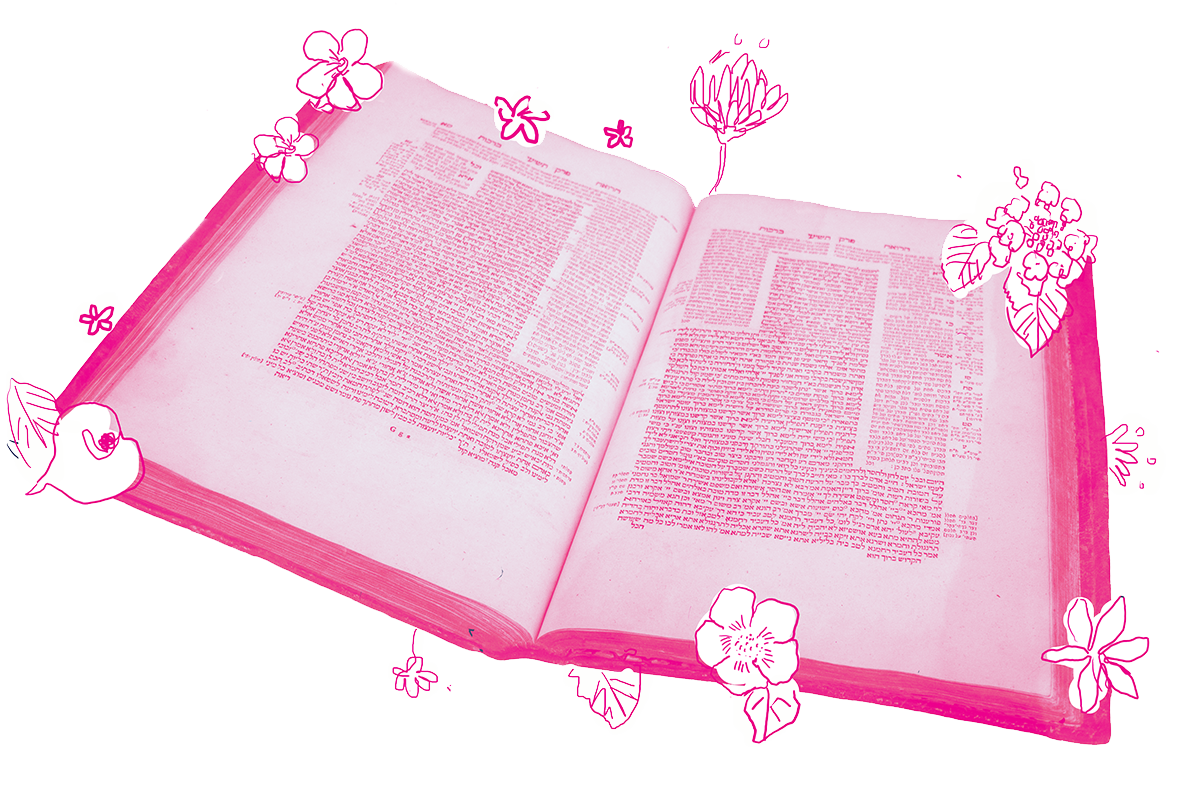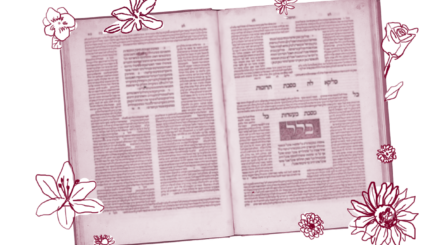At the celebrated cathedral of Strasbourg there are two beautifully carved statues of women flanking the south portal. They have been there since the medieval period, though the originals are now in a museum and have been replaced by replicas. The woman on the left wears a crown and a cape fastened with an elaborate broach. In one hand she holds a chalice, in the other she holds a cross. The woman on the right is blindfolded and looks down and away from the viewer. In one hand she holds a book or tablet, in the other a broken lance.
When I show this image to students and ask them if they know what these women represent, I get a lot of blank faces. Most viewers today don’t know the visual language of medieval iconography. But medieval residents of Strasbourg would have known exactly who these women were. The woman on the left is Ecclesia, a visual representation of the Church. The woman on the right is Synagoga, a visual representation of Judaism. Paired together, the two statues communicate the glory and power of Christianity and the blindness and brokenness of Judaism.
In a world where many people were illiterate, visual images played an important role in communicating theology, political ideology and a broader understanding of the world. Because statues and paintings were expensive to commission, these images usually represented the views of the political elite. As we see on today’s daf, this was also true in the talmudic era, where images Jews did not create were nonetheless well understood by them. The Mishnah identifies any statue holding a staff, bird or orb as idolatrous — and therefore forbidden. The Gemara, in turn, decodes exactly what these images mean:
A staff (is idolatrous) because the idol rules itself under the entire world like a staff. A bird because it grasps itself under the entire world, as a bird. An orb because it grasps itself under the entire world, as a ball.
Note that the rabbis’ language here is a bit odd. Instead of stating what the deity is thought to do to the world, they add the term “itself,” as though linguistically rejecting the idea that this false god can actually effect change in the world. The staff represents a deity’s power to control the whole world while, similarly, the bird and orb represent the deity’s ability to grasp the entire world in its fist, as though it was a small and easily held object.
The Talmud next quotes a beraita that adds to the visual iconography of forbidden deities:
They added to it: A sword, a crown, and a ring. The sword because the deity is thought to have the power to kill itself under the whole world. The crown because it is like the crown of a king. And the ring because it has the power to seal its fate under the whole world for death.
The images in the beraita are primarily those associated with royalty — communicating that the statue is like a king or queen. While the rabbis’ ultimate interest is in figuring out what kinds of things are idol worship and thus forbidden, this discussion highlights the power of propaganda. Even though the rabbis did not commission statues like this and rejected everything these statues symbolized, they still understood exactly what was being communicated through this iconography. And it makes one wonder: What must it have been like, in the Roman Empire, medieval Strasbourg, or in many places in the world today, where an average person going about their business regularly walked by visual symbols of their own oppression? What does that do, psychologically and spiritually, to people just trying to live their lives? Where does that happen in our world today, and to what effect?
For a version of Synagoga and Ecclesia that reflects the position of the modern Catholic Church in the wake of Vatican II, see this remarkable statue of “Synagoga and Ecclesia in Our Time,” at St. Joseph’s University.
Read all of Avodah Zarah 41 on Sefaria.
This piece originally appeared in a My Jewish Learning Daf Yomi email newsletter sent on July 29, 2025. If you are interested in receiving the newsletter, sign up here.
With your help, My Jewish Learning can provide endless opportunities for learning, connection and discovery.



